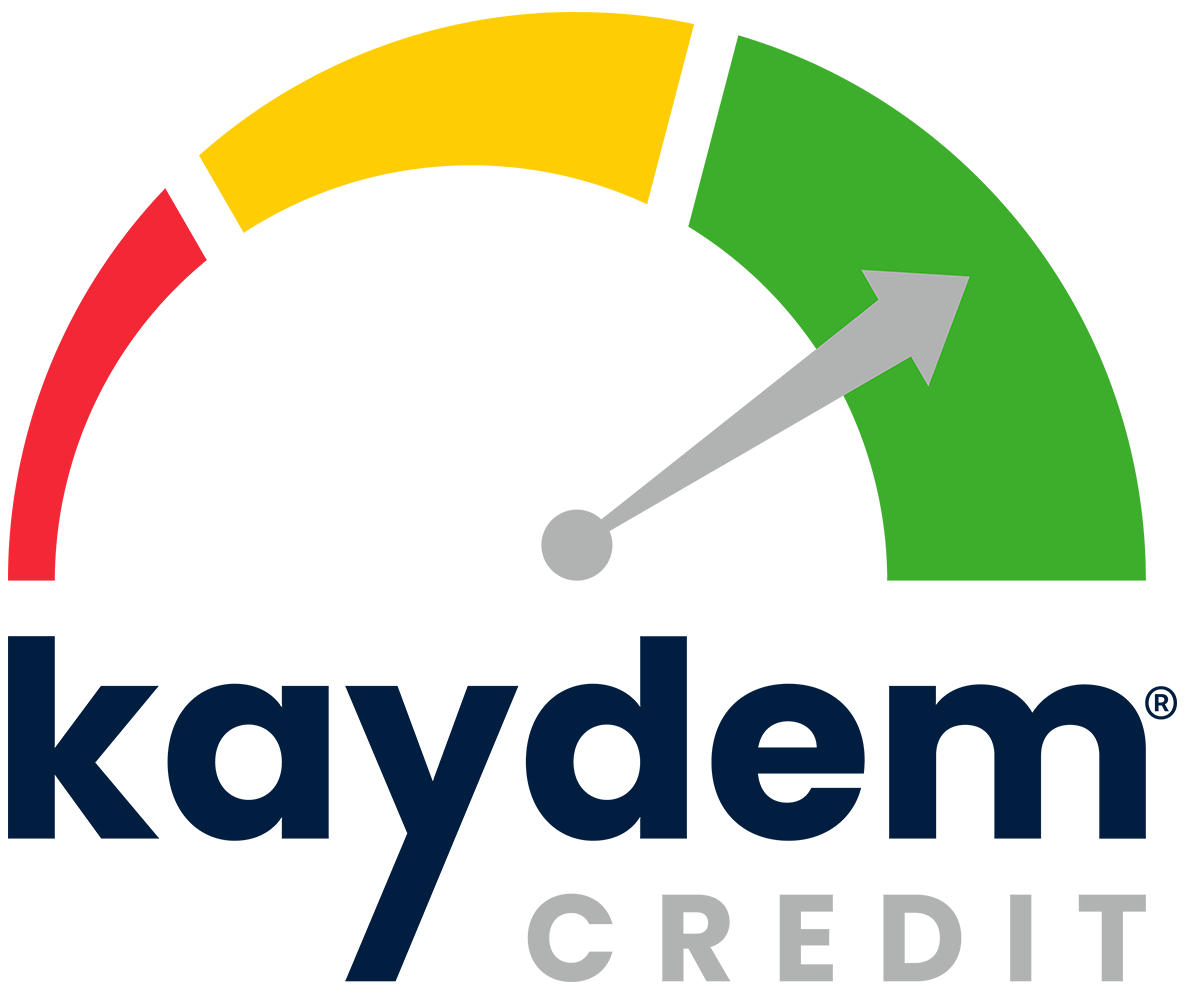Most people will attempt to improve their credit score in whatever way they can. However, many common credit tricks are a myth, further extending how long it takes consumers to improve their credit scores. One of the most common tricks is for consumers to use credit cards to rebuild credit by leaving a balance on their credit cards, but will it raise your score, or is it another credit myth?
How credit utilization works
You must understand how credit utilization works before determining whether it is best to pay off your credit card balance in full every month or leave a small balance.
Credit utilization is the ratio of your credit card balance to its limit. For example, if you have a credit card with a $1,000 limit and a $500 balance, your credit utilization is 50%.
The ideal credit utilization ratio is 30%, so on a credit card with a $1,000 limit, you would not want the balance to exceed $300. As you continue to pay your balance to 25% and then 20% utilized, your credit score will increase as your balance continues to decrease.
Should I pay in full or leave a balance?
With an understanding of how credit utilization works and affects your credit score, one can see paying off your credit card in full monthly is the best option since even a $5 balance on your card still calculates as debt.
Additionally, paying your balances in full every month shows that you are living within your means rather than using your credit cards to extend your income.
Many believe that leaving a small balance shows activity and usage. However, to accomplish this, you must know when your credit issuer reports the balance to the credit bureaus. Often, you run the risk of accruing interest or forgetting to make a monthly payment, which could lead to a late payment remark on your credit report, causing a devastating drop in your credit score.
Also, you likely have more than one credit card and could be accruing interest on balances across multiple accounts. However, paying off your balance keeps you from paying interest even if your credit card is interest-bearing.
How to pay off credit card debt
While paying your balances in full every month is best practice, do not get discouraged if you cannot eliminate all your debt right now. Instead, prioritize making it a habit to pay down as much as you can every month.
There are a few methods for paying off credit card debt that may help you become free of credit card debt:
The Avalanche Method
This method will help you eliminate debt while saving you hundreds or thousands in interest payments.
In a nutshell, the avalanche method instructs you to pay the minimum payments on all your cards except for the one carrying the highest interest rate. In this account, you will send as much extra money as you can to eliminate the debt as soon as possible.
Once this account balance is zero, you will continue paying the minimum on all accounts but send extra funds to the account with the next highest interest rate. Then, you continue this process until all your credit card balances get paid.
The avalanche method will help decrease the total amount you end up paying by lessening the amount you pay in interest payments.
The Snowball Method
Financially speaking, paying off the account with the highest interest rate makes sense, but it can be a challenging method to stick to if the balance is high.
If you become discouraged or unmotivated with the avalanche method, the snowball method may be better for you since you tend to see results faster.
The snowball method instructs you to pay more towards the credit card with the lowest balance while making the minimum payments on all other accounts. Then, when you eliminate the smallest debt, you roll over the funds sent to that account onto the next lowest balance.
For example, if you have credit card balances of $200, $500, and $1,000, you will pay the minimum payments towards the cards with $500 and $1,000, but pay $100 towards the $200 balance. In two months, that debt is gone, and you can roll over the $100 you were paying to the $500 balance in addition to its minimum payment.
You will pay more towards interest with this method of using credit cards to rebuild credit, but you will see progress faster, making it easier to stick with.
Debt Consolidation
If you have a good credit score, looking into a balance transfer credit card with 0% interest for a period could help combine your debt from different interest-bearing accounts into one account that is not accruing interest.
This method can make managing your credit card debt easier while saving you money by avoiding accrued interest.
Alternatively, you could take out a debt consolidation loan with a lower interest rate than your credit cards carry.
However, if you have poor credit, a loan may not be the best fit for you since it can lead to a higher interest rate than your credit cards, defeating the purpose of this method.
Paying off your credit cards every month is ideal for achieving a stellar credit score, which these methods can help you accomplish using credit cards to rebuild credit.
However, if you cannot eliminate your debt immediately, ensure you maintain a positive payment history while paying off as much as possible.
Eventually, you will find yourself debt-free with a credit score that gets you access to any of the best financial offers you may require in the future.







